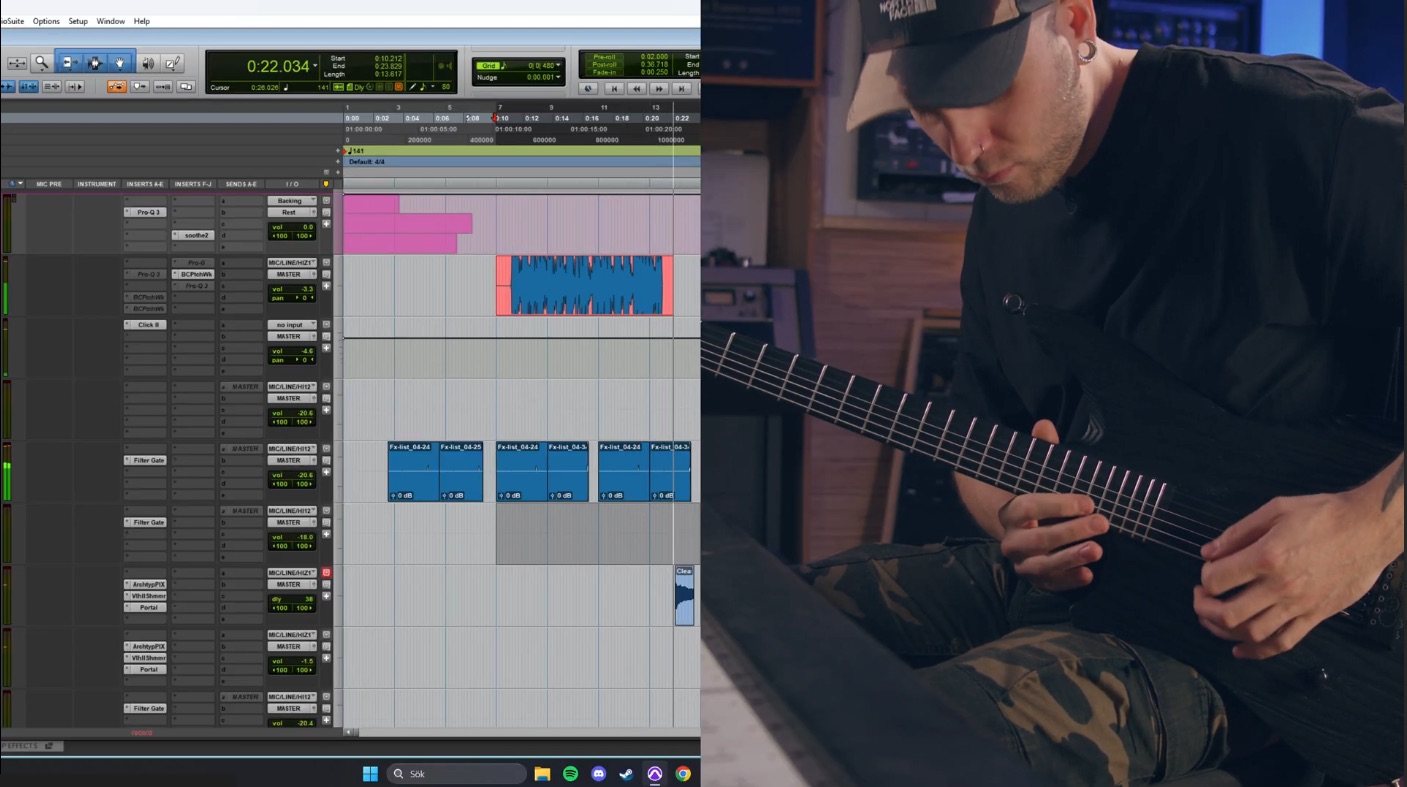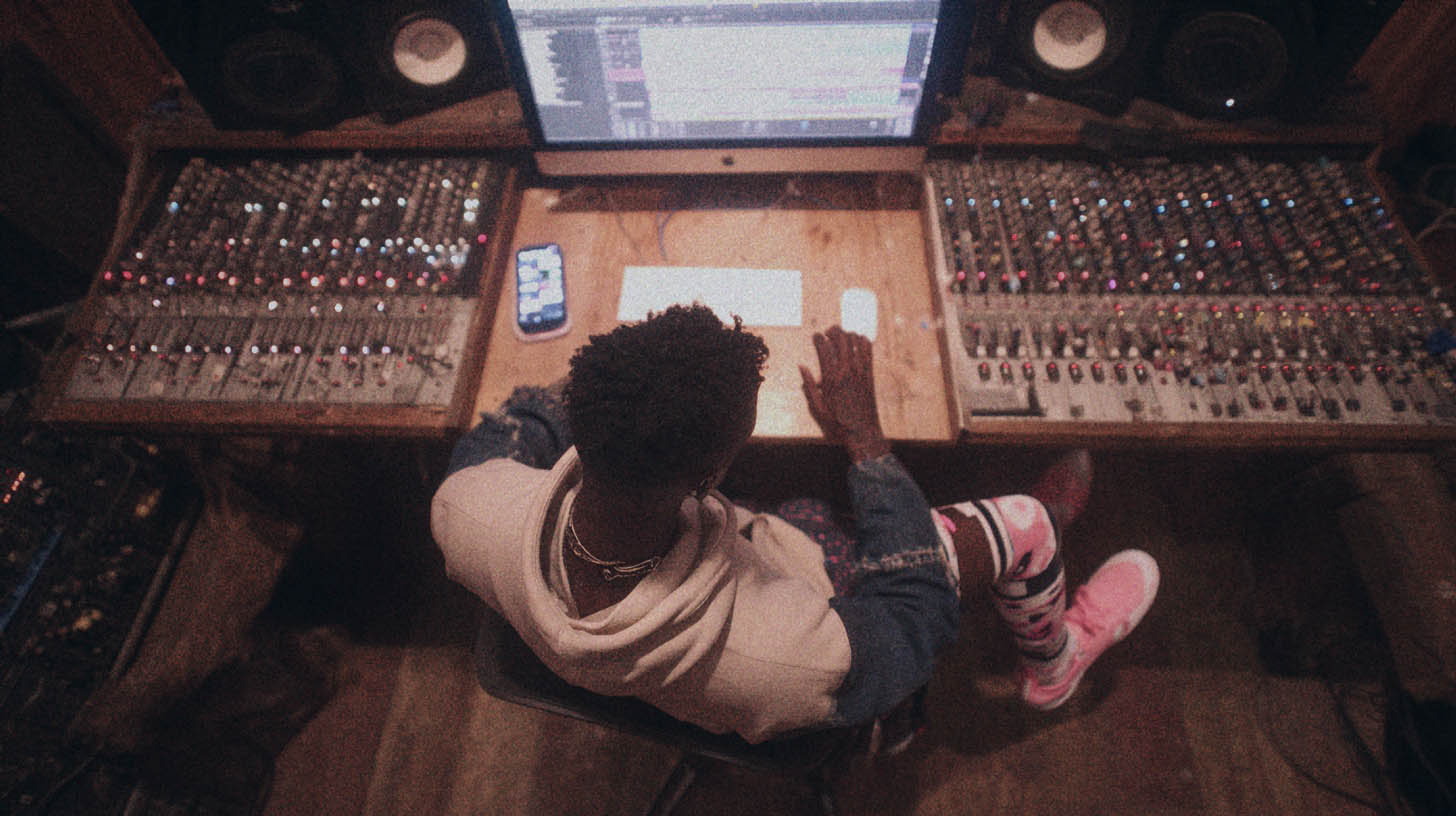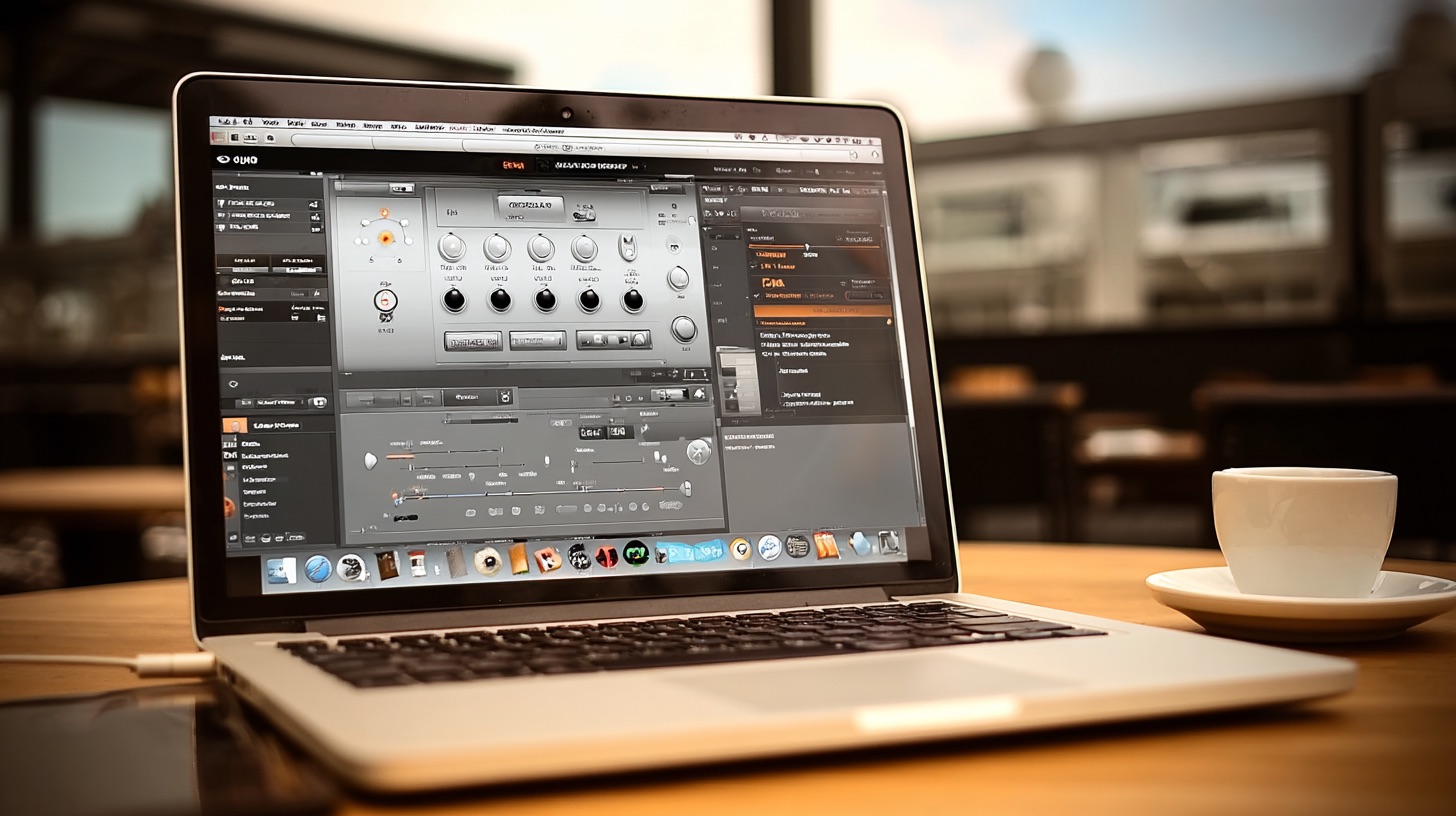
Metal Guitar Recording Tips for Dialing in Brutal Tones
Nail The Mix Staff
Let’s get one thing straight: modern metal guitar is so much more than just drop-tuning a seven-string and chugging on the open string. If you think today’s players are just making up for bad musicianship with low tunings and digital plugins, you’re missing the point entirely. That’s like saying ‘80s guitar was “all about the whammy bar.” It’s a lazy, surface-level take.
The reality is that the baseline for being a good metal musician has skyrocketed. Players today are pulling from a ridiculously deep well of techniques, harmonic knowledge, and rhythmic complexity that would make most players from 20 years ago sweat.
So, how do you capture that modern tightness, clarity, and aggression in your own recordings? It starts with a modern mindset and ends with a few key production techniques. Forget the myths. Here are the metal guitar recording tips that actually matter.
The Foundation: Rhythm Is King, Precision Is Everything
If there is one single thing you should obsess over to achieve a modern metal sound, it’s your picking hand. Full stop. The insane rhythmic sophistication of bands today is the biggest evolution in the genre. Your playing has to be airtight before you even press record.
Lock in with a Click
This isn’t negotiable. Every single time you practice riffs, you should be playing to a metronome. But don’t just play with it; your goal is to become one with it. Record yourself playing a simple, palm-muted riff to a click track in your DAW. Now, zoom in on the waveform. Are your pick attacks landing perfectly on the grid? Or are they slightly ahead or behind? This visual feedback is brutal, honest, and one of the most powerful practice tools you have.
Build Your Rhythmic Vocabulary
Modern metal isn’t just about downpicking fast (though you absolutely need to build that endurance). It’s about control and dynamics.
- Downpicking: Work up your speed and consistency. Can you play 16th notes at 180bpm for 8 bars straight without tensing up or losing attack?
- Alternate Picking: Focus on consistency between your up and down strokes. They should sound identical in volume and attack.
- Muting: This includes tight palm muting for chugs, but also left-hand and and right-hand muting to ensure there are no ringing strings or noise between notes. The silence is just as important as the notes themselves.
- Polyrhythms: Learn to feel and play rhythms that go against the main pulse, like playing a pattern of 3 over a 4/4 beat. This is a staple of modern metal.
The best players today are masters of rhythm. They can play leads, sure, but their rhythm playing is what makes them sound so powerful and professional. The old-school idea of a dedicated “rhythm guitarist” and “lead guitarist” is dead. You need to be both.
Your Gear: Choosing the Right Tools for Modern Metal
Technology has made it an incredible time to be a guitarist. The gear available today is purpose-built for the demands of modern, low-tuned, high-gain metal.
The Right Guitar and Pickups
While you can get a good tone out of almost any decent instrument, certain features make life a lot easier.
- Evertune Bridge: If you play in low tunings, an Evertune is a game-changer. It uses a spring and lever system to maintain perfect tension on your strings, meaning your guitar is always in tune, no matter how hard you pick. It’s the ultimate tool for recording tight, perfectly intonated rhythm stacks.
- Modern Pickups: Pickups have evolved. Brands like Fishman with their Fluence series or Bare Knuckle offer pickups designed specifically for high-gain and clarity in low tunings. They provide a tight low-end and an articulate attack that prevents the tone from turning into a muddy mess.
Embracing the Digital “Amp”
The idea that digital modelers sound “sterile” is a 25-year-old opinion. The technology is insane now. Whether you’re using hardware like a Kemper Profiler or an Axe-Fx III, or plugins in your DAW, you can get tones that are indistinguishable from (and often more versatile than) a miked-up tube amp.
Plugin suites from companies like Neural DSP are the industry standard for a reason. Their Archetype plugins (like the Gojira, Petrucci, or Plini models) give you the entire signal chain—from stompboxes to amp head, cab simulation with Impulse Responses (IRs), and post-FX—in one window. You can dial in a professional, mix-ready tone in minutes. This is not a crutch; it’s a powerful, consistent, and efficient tool that the pros use every single day to sculpt their signature sound.
Recording and Sculpting Your Tone in the DAW
Once you’ve nailed the performance and dialed in a great starting tone, the real magic happens in the DAW. Here’s how you take a good DI signal and turn it into a final, polished guitar track.
Double (or Quad) Track Everything
This is fundamental. For a wide, massive rhythm sound, you need to record each guitar part at least twice. Pan one performance hard left and the other hard right. For an even bigger sound, record each part four times (quad tracking) and pan two left and two right.
Crucial: Do not copy and paste the first take. You have to perform each take separately. The tiny, human variations in timing and performance between the takes are what create the width and thickness.
Surgical EQ for Maximum Clarity
A great recorded tone needs very little EQ, but the EQ you do use is critical for making it sit in a dense mix. Instead of broad, sweeping changes, think like a surgeon.
- High-Pass Filter (HPF): This is your #1 tool. Use an HPF to cut out all the unnecessary low-end rumble. Start around 80-100Hz and move it up until the guitar starts to sound thin, then back it off a bit. This cleans up mud and makes room for the kick drum and bass.
- Low-Pass Filter (LPF): Similarly, use an LPF to shave off the harsh, fizzy high-end. This “fizz” often lives above 8-10kHz and can make guitars sound grating. Rolling it off gently will make the tone warmer and smoother without losing aggression.
- Cut the “Whistle”: Many high-gain tones have a specific, annoying resonant frequency, often somewhere between 2-4kHz. Use an EQ with a very narrow Q (bandwidth), boost it, sweep around to find that “whistling” frequency that makes you cringe, and then cut it by a few dB.
For a deeper dive into these techniques, our EQ Strategies for Mixing Modern Metal hub page has everything you need to know.
Taming the Chug with Multiband Compression
Palm-muted chugs can create a build-up of low-mid energy (around 150-400Hz) that makes your mix sound muddy and flabby. A great way to control this is with multiband compression.
Set up a multiband compressor on your guitar bus and create a band that covers that problematic low-mid area. Set a fast attack and release, and a fairly high ratio. Now, adjust the threshold so the compressor only kicks in during the palm-muted sections. This will clamp down on the “woof” of the chugs, keeping them tight and defined, without affecting the sustain or clarity of your open chords.
It’s a powerful technique for achieving that signature modern metal punch. If you want to learn more about dynamic control, check out our Metal Compression Secrets hub page.
The Final Step: Seeing It All in Action
These metal guitar recording tips—focusing on rhythmic precision, leveraging modern gear, and applying surgical mix techniques—are the core of what makes today’s metal sound so massive. They are the building blocks used by every professional producer.
Applying these concepts will get you 90% of the way there. But what if you could watch the producers behind bands like Gojira, Meshuggah, and Periphery apply these very techniques in a real session, on a real song?
That’s what we do at Nail The Mix. We give you the multitracks from massive metal albums and let you watch the original producer mix the song from scratch, explaining every plugin, every EQ cut, and every decision they make. It’s the ultimate way to unlock your sound and learn to mix modern metal beyond just presets.
Get a new set of multi-tracks every month from a world-class artist, a livestream with the producer who mixed it, 100+ tutorials, our exclusive plugins and more
Get Started for $1





